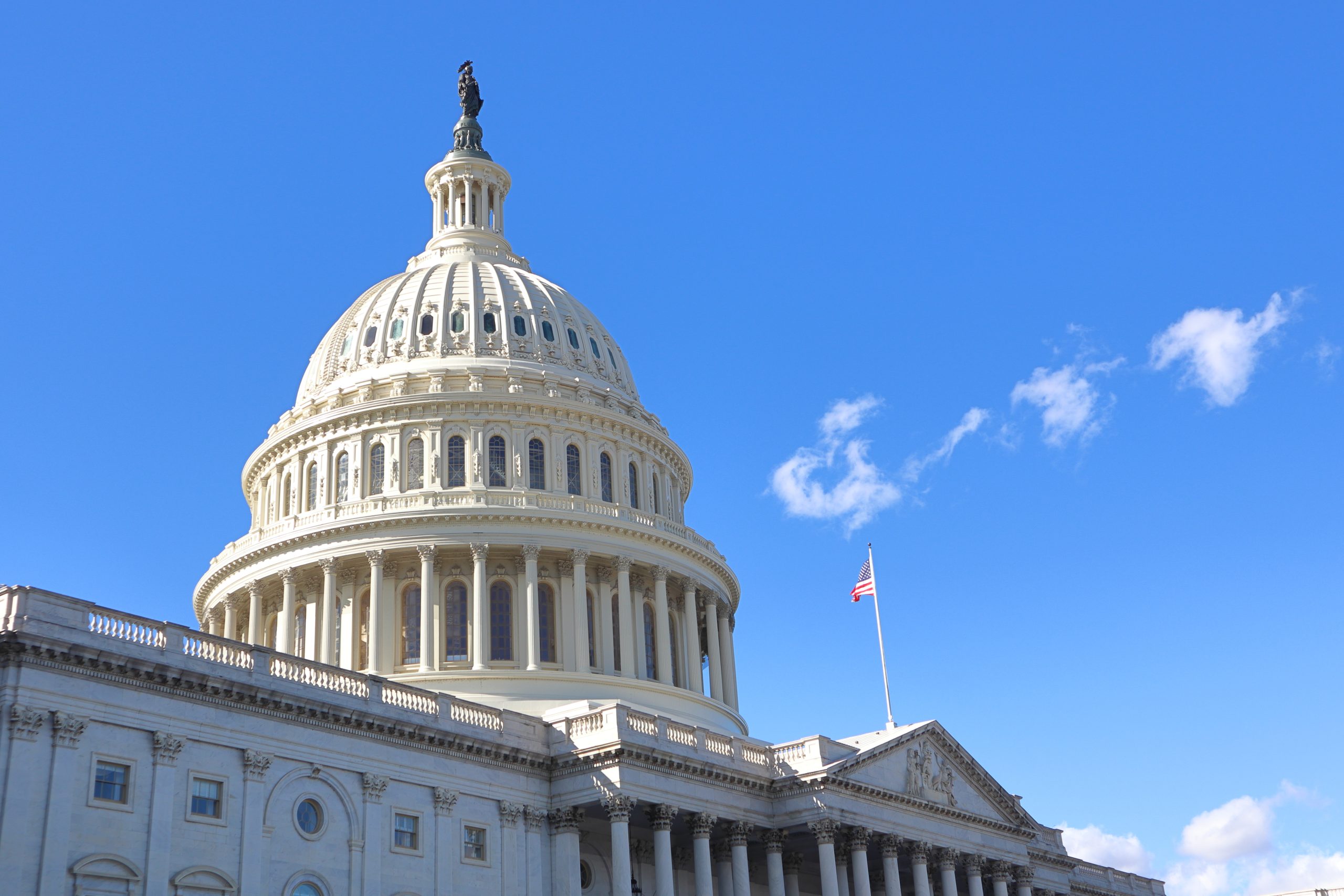
Rituximab maintenance had “significant benefits” for survival and disease control in older patients with mantle cell lymphoma (MCL) who did not receive autologous hematopoietic stem cell transplantation (AHSCT), according to a recent population-based real-world analysis. The benefit of rituximab maintenance was observed “despite the shift from R-CHOP to [bendamustine-rituximab] as first-line induction,” the study’s authors wrote.
Mengyang Di, MD, PhD, of the Yale School of Medicine and the Yale Cancer Outcomes, Public Policy and Effectiveness Research Center, and colleagues conducted the research.
While older patients may not be candidates for AHSCT “due to comorbidities and frailty” rituximab maintenance following induction chemoimmunotherapy “is often considered,” Dr. Di and colleagues wrote, noting a randomized clinical trial showed rituximab maintenance had a “clinical benefit” for patients with MCL who are older and not eligible for AHSCT.
“However, with the availability of more effective first-line treatment options (e.g., [bendamustine-rituximab]), the clinical benefit of [rituximab maintenance] has become less certain,” Dr. Di and colleagues wrote.
They conducted a population-based study using the linked Surveillance, Epidemiology, and End Results (SEER)-Medicare 2020 database.
Dr. Di and colleagues hypothesized that bendamustine-rituximab replaced R-CHOP as the most used first-line regimen for older patients and that rituximab maintenance “remains beneficial.”
The researchers selected adults aged 66 years or older who were diagnosed with MCL between 2007 and 2017, had continuous Medicare A/B/D coverage, and received at least one MCL therapy. The study included 1,579 patients with a median age of 76 years. Most patients (65%) were men, 95% were White, 25% were described as “frail,” and 21% had a comorbidity score of at least three. The median follow-up was 68 months.
Nearly all patients (87%) received treatment in the outpatient setting. In those patients, bendamustine-based regimens were the most common (46%), followed by anthracycline-based regimens (22%). Only 1.2% of patients received cytarabine-based regimens as first-line treatments, while 5.3% of patients received novel therapies as a first-line treatment. Only 3.2% of all patients underwent ASHCT following first-line therapy.
The use of R-CHOP “decreased substantially over time,” falling from 43% in 2007 to 7.3% in 2017, while there was a significant increase in use of bendamustine-rituximab during that period, rising from 1.5% in 2007 to 60% in 2017, according to the study’s authors.
Of the patients who received R-CHOP or bendamustine-rituximab, 28% received rituximab maintenance after completing first-line therapy, with a median of 9.5 doses and a median duration of 18 months. To examine the real-world effectiveness of rituximab maintenance, Dr. Di and colleagues limited the overall study population to those who received R-CHOP or bendamustine-rituximab as a first-line treatment and did not receive consolidative AHSCT.
The researchers created a matched study sample using propensity score matching based on age, sex, race, marital status, Medicaid dual coverage, residence, poverty, frailty, comorbidities, year of diagnosis, extranodal disease, stage, first-line regimen, and duration of first-line therapy.
The propensity score-matching cohort included 262 patients, with a median age of 75 years. Most patients (67%) were male and 76% of the cohort received first-line bendamustine-rituximab.
Patients in the “intervention arm” received a median of nine doses of rituximab maintenance with a median duration of 17 months. Patients who received rituximab maintenance had significantly longer overall survival, “approximated-PFS” and a “lower likelihood of receiving second-line therapy,” Dr. Di and colleagues wrote. A subgroup analysis of patients who received first-line bendamustine-rituximab showed there was “significant clinical benefit in all three outcomes” with the use of rituximab maintenance.
While the population-based analysis “rigorously addressed most potential biases,” it had several limitations “despite the rigorous study design and bias control.” These limitations included the inability to adjust “some potential confounders” that were not available in the SEER-Medicaid database.
“In conclusion, our population-based real-world analysis showed significant benefits of [rituximab maintenance] in survival and disease control among older patients with MCL who did not receive [AHSCT], despite the shift from R-CHOP to [bendamustine-rituximab] as first-line induction,” Dr. Di and colleagues wrote. “While prospective randomized trials would help validate the benefit of [rituximab maintenance] following [bendamustine-rituximab], our study adds to growing observational data supporting the benefit of [rituximab maintenance] in this setting.”
Reference
Di M, Long JB, Kothari SK, et al. Treatment patterns and real-world effectiveness of rituximab maintenance in older patients with mantle cell lymphoma: a population-based analysis. Haematologica. 2023. doi:10.3324/haematol.2022.282252






 © 2025 Mashup Media, LLC, a Formedics Property. All Rights Reserved.
© 2025 Mashup Media, LLC, a Formedics Property. All Rights Reserved.